Boost Your Roof Bids – Request a Precision Estimate!
- Accurancy
- Efficiency
- Transparency
- Customization
- Time Saving
- Professionalism
- Cost Control
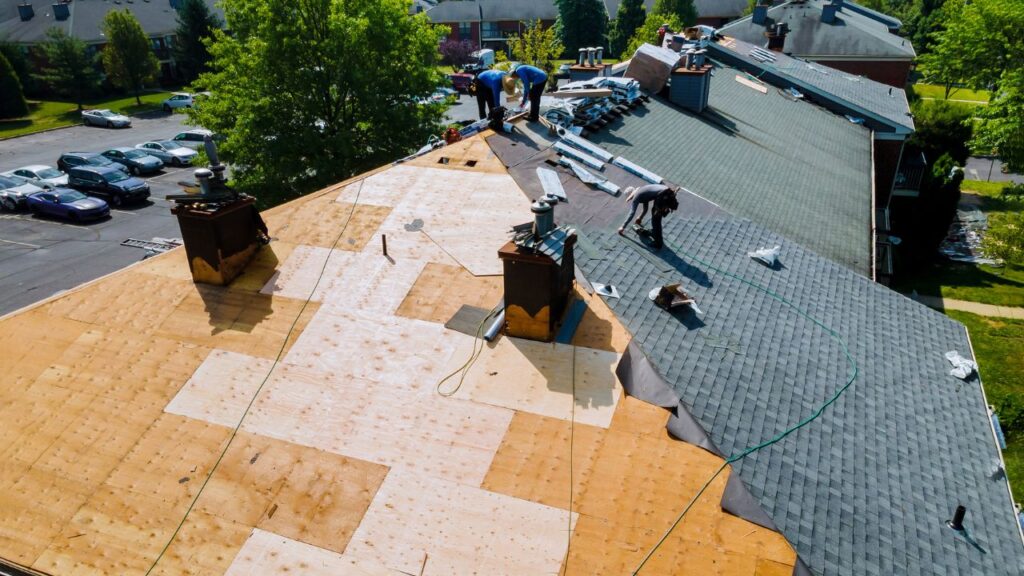
Commercial property owners facing the need for roof replacement are often drawn to the durability, longevity, and energy efficiency offered by metal roofing. This article delves into the various factors influencing the cost of commercial metal roof replacement, along with strategies for effective cost management.
The size and intricacy of a commercial roof are pivotal determinants in the calculation of replacement costs. Larger roofs or those featuring intricate designs, multiple penetrations, and equipment installations impose heightened demands for labor and time. The intricacies associated with complex structures necessitate the expertise of skilled professionals and meticulous planning, thereby exerting a substantial impact on the overall financial outlay of the project.
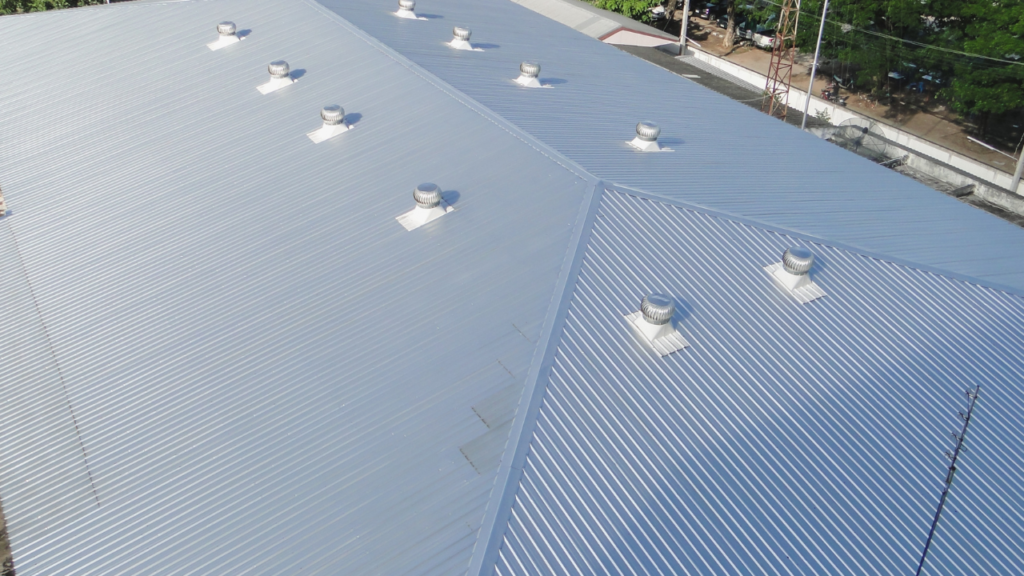
The selection of a metal roofing material is a critical factor that significantly shapes the overall replacement costs. Various options, such as steel, aluminum, copper, and zinc, come with distinct costs and benefits. While steel tends to be more cost-effective, opting for copper represents a premium choice with a higher initial investment. Property owners are compelled to weigh factors such as aesthetic preferences, anticipated longevity, and budget constraints when making decisions regarding the type of metal roofing that best aligns with the specific needs of their commercial property.
The condition of a roof’s underlayment and the choice of insulation materials wield considerable influence over both costs and performance. Opting for high-quality underlayment and insulation contributes significantly to energy efficiency and weather resistance. Although upgrading these components may introduce additional upfront costs, the long-term benefits, including substantial savings and heightened comfort, make such investments prudent for property owners seeking a resilient and energy-efficient roofing solution.
Labor costs form a substantial portion of the expenses associated with commercial metal roof replacement. Factors such as the geographical location of the property, accessibility challenges, and the complexity of the roof structure exert notable influences on labor costs. Given that the installation of metal roofing necessitates specialized skills, the intricacies associated with labor contribute significantly to the overall expenses of the replacement project.
The cost linked to the meticulous removal of the existing roofing material is a crucial consideration in any metal roof replacement endeavor. Whether dealing with the removal of old metal roofing or a different material, adhering to proper disposal practices in compliance with environmental regulations is imperative. The labor and equipment required for the safe and efficient removal process should be factored into the budget, ensuring that the groundwork for a successful roof replacement is laid, thus minimizing the risk of issues arising from underlying problems or improper disposal practices.
Incorporating various accessories, such as snow guards, skylights, and coatings designed for weather resistance, plays a pivotal role in enhancing the longevity and functionality of a new metal roof. While these additions contribute to additional costs, their benefits in terms of added protection against environmental elements and customization options cannot be overstated. Property owners must carefully weigh these costs against the advantages these accessories bring to determine the optimal balance between functionality and budgetary considerations.
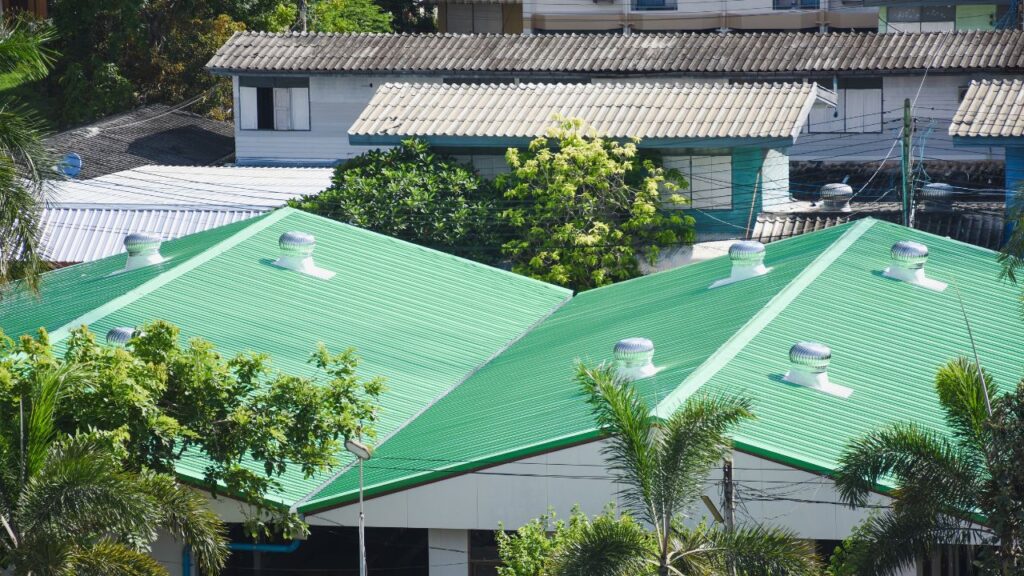
Deliberating on the choice of high-quality metal roofing materials accompanied by extended warranties represents a strategic decision that may impact upfront costs. However, the long-term benefits in terms of enhanced resistance to environmental factors significantly reduce the likelihood of premature deterioration. Carefully considering the lifespan and warranty coverage of selected materials is paramount for achieving long-term cost-effectiveness, turning the initial investment into a wise decision for property owners looking towards the durability and resilience of their commercial metal roof.
Metal roofing presents several advantages over alternative commercial roofing materials. It’s essential to note that a suitable roof structure for metal installation requires a pitched roof, meaning a roof with a downward slope, not suitable for flat roofs.
One notable advantage of metal roofs is their exceptional fire resistance. This quality is particularly valuable in regions with hot, dry climates or those prone to wildfires, making metal roofs a common choice in the western United States.

For building owners seeking wise investments, a metal roof stands out with its impressive lifespan. With proper regular maintenance, metal roofs can last fifty years or longer, offering a highly cost-effective solution for roofing needs.
Renowned for their durability, metal roofs excel in withstanding harsh weather conditions and high winds. While metal roofs may produce noise during rain or hail, the installation of an underlayment easily addresses this concern. Additionally, metal roofs can confidently handle heavy snow loads, making them suitable for areas experiencing harsh winters.
Metal roofs contribute significantly to energy efficiency for business owners. Given that a building’s roof is exposed to the sun’s heat and UV rays more than any other part, selecting a roofing material that enhances overall energy efficiency is crucial. Metal roofs cool quickly after sunset, in contrast to materials like asphalt shingles, which can absorb and reflect heat into the building’s interior long after sundown. Unlike some roofing materials that may break down due to constant sun exposure, such as TPO and EPDM, metal proves resilient, working in favor of the building’s energy efficiency. The energy-efficient properties of metal roofing can potentially lead to cost savings in just a few years, making it a wise investment.
The total cost of a new metal roof will vary widely, as materials and labor costs differ depending on the area of the country your building is in. However, we can provide you with an estimate of the cost of the materials with an increase across the board. These price ranges are for the approximate installed prices per square foot:
Although these costs are in square feet, roofing contractors typically measure in roof squares, which are closer to the size of the metal panels being installed. A roof square is 100 square feet.
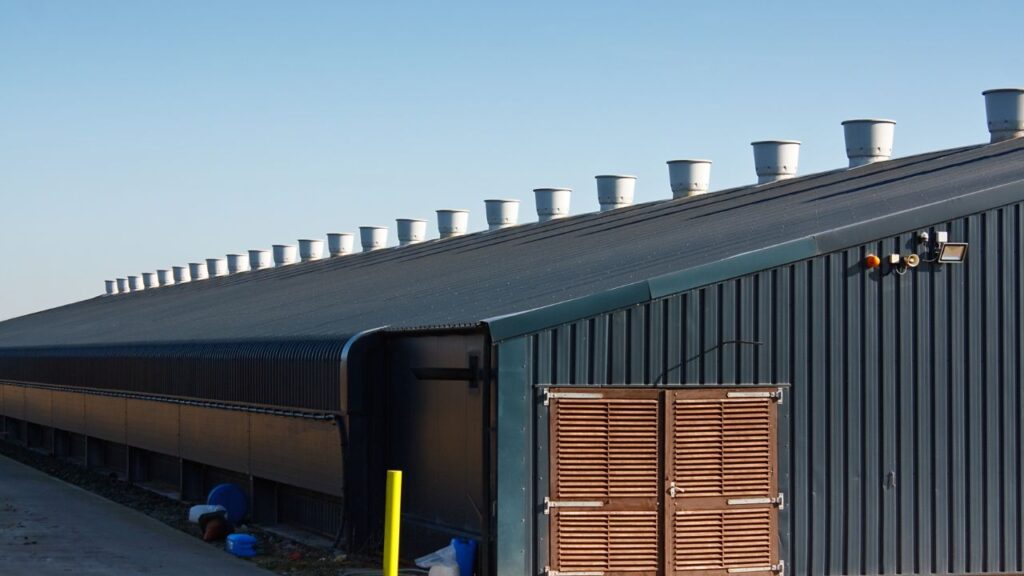
Engaging in comparative bidding is a strategic practice for property owners undertaking a metal roof replacement project. Obtaining detailed bids from multiple reputable contractors fosters transparency and enables informed decision-making. Comparative bidding helps identify cost-saving opportunities and ensures the selected contractor provides optimal value.
Exploring energy-efficient metal roofing options is a forward-thinking strategy. Property owners can consider cool roofing solutions or reflective coatings to minimize heat absorption, resulting in reduced heating and cooling expenses over time. While upfront costs may be slightly higher, the long-term operational savings make energy-efficient solutions a prudent investment.
Seeking professional consultation from experienced metal roofing professionals is essential. Experienced roofers offer insights into material selection, design considerations, and cost-effective solutions. Their expertise ensures accurate cost estimation, effective project planning, and optimal decision-making tailored to the property’s specific needs.
Ready to raise the roof on your bids? Take your construction projects to new heights by inquiring about our top-notch estimating services.
A commercial metal roof replacement involves careful consideration of factors like roof size, metal type, labor costs, and quality materials. While the upfront investment may be higher, the long-term benefits, including fire resistance, durability, and energy efficiency, make it a wise choice. The breakdown of estimated costs for various metal materials aids property owners in informed decision-making based on their budget and needs. Engaging in comparative bidding, exploring energy-efficient options, and seeking professional advice are key strategies for effective cost management, ensuring a successful and cost-effective metal roof replacement tailored to the property’s unique requirements.
Signs such as extensive roof damage, leaks, or an aging roof are indicators that a replacement may be needed. Consult with a professional roofing contractor for a thorough assessment.
Key factors include roof size, complexity, choice of metal roofing material, underlayment quality, labor costs, removal of existing material, addition of accessories, and the warranty and quality of selected materials.
Yes, options include steel, aluminum, copper, and zinc, each with distinct costs and benefits. The choice depends on factors like aesthetics, longevity, and budget constraints.
Strategies include engaging in comparative bidding to obtain detailed bids, exploring energy-efficient solutions for long-term savings, and seeking professional consultation to ensure accurate cost estimation and optimal decision-making.
Metal roofs offer benefits such as exceptional fire resistance, a long lifespan, durability against harsh weather, and energy efficiency. These qualities contribute to cost-effectiveness over the roof’s lifespan.
No, metal roofing is suitable for pitched roofs with a downward slope. Flat roofs require different materials and installation methods.
With proper regular maintenance, metal roofs can last fifty years or longer. Regular inspections and maintenance activities contribute to the roof’s longevity.
Many roofing contractors and financial institutions offer financing options. Property owners can explore these to manage the upfront costs more effectively.
Yes, metal roofs cool quickly after sunset, enhancing energy efficiency. They reflect heat, reducing heating and cooling expenses over time.
Research and obtain detailed bids from reputable contractors, consider their experience, and seek recommendations. Choose a contractor who aligns with the specific needs and budget constraints of the commercial property.
Here I am going to share some steps to get your commercial metal roof replacement cost estimate report.
You can send us your plan on info@estimatorflorida.com
Before starting your project, we send you a quote for your service. That quote will have detailed information about your project. Here you will get information about the size, difficulty, complexity and bid date when determining pricing.
Our team will takeoff and estimate your project. When we deliver you’ll receive a PDF and an Excel file of your estimate. We can also offer construction lead generation services for the jobs you’d like to pursue further.

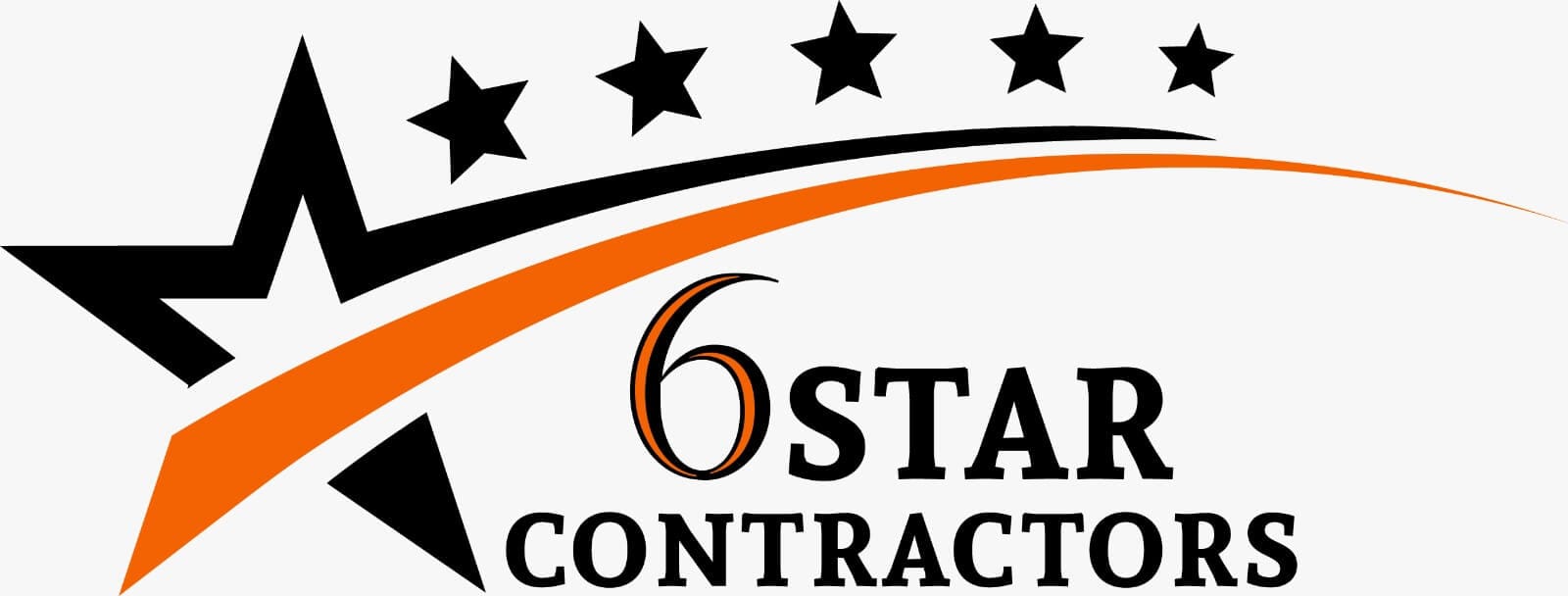

561-530-2845
info@estimatorflorida.com
Address
5245 Wiles Rd Apt 3-102 St. Pete Beach, FL 33073 United States
561-530-2845
info@estimatorflorida.com
Address
5245 Wiles Rd Apt 3-102 St. Pete Beach, FL 33073 United States
All copyright © Reserved | Designed By V Marketing Media | Disclaimer